In the dense forests of Central and South Africa, a remarkable serpent performs one of nature’s most mesmerizing displays. The black mamba? No. The python? Not quite. It’s the captivating Bitis gabonica, commonly known as the Gaboon viper, whose unique defensive behavior resembles an intricate dance. When threatened, this snake engages in a rhythmic body-swaying motion that has evolved as both a warning and a territorial display. This fascinating behavior, sometimes referred to as “dance,” serves multiple purposes in the snake’s survival strategy. From intimidating rivals to avoiding unnecessary confrontations, this serpentine ballet represents millions of years of evolutionary adaptation. Let’s delve into the world of this dancing predator and uncover the mysteries behind its hypnotic movements.
The Gaboon Viper: Master of Disguise and Dance

The Gaboon viper (Bitis gabonica) stands out as one of Africa’s most distinctive and formidable snakes, boasting the longest fangs of any venomous snake at up to 2 inches in length. Despite its deadly potential, this snake is remarkably calm and reluctant to strike, preferring to rely on its exceptional camouflage to avoid confrontation. When traditional camouflage fails, however, the Gaboon viper initiates its famous defensive dance, a behavior that has fascinated herpetologists for generations. The snake’s elaborate pattern of geometric shapes and colors creates a visual spectacle when in motion, adding to the intimidation factor of its display. This dance represents a critical intermediate step between remaining hidden and striking—a warning system that benefits both the snake and potential threats.
The Mechanics Behind the Mesmerizing Movement
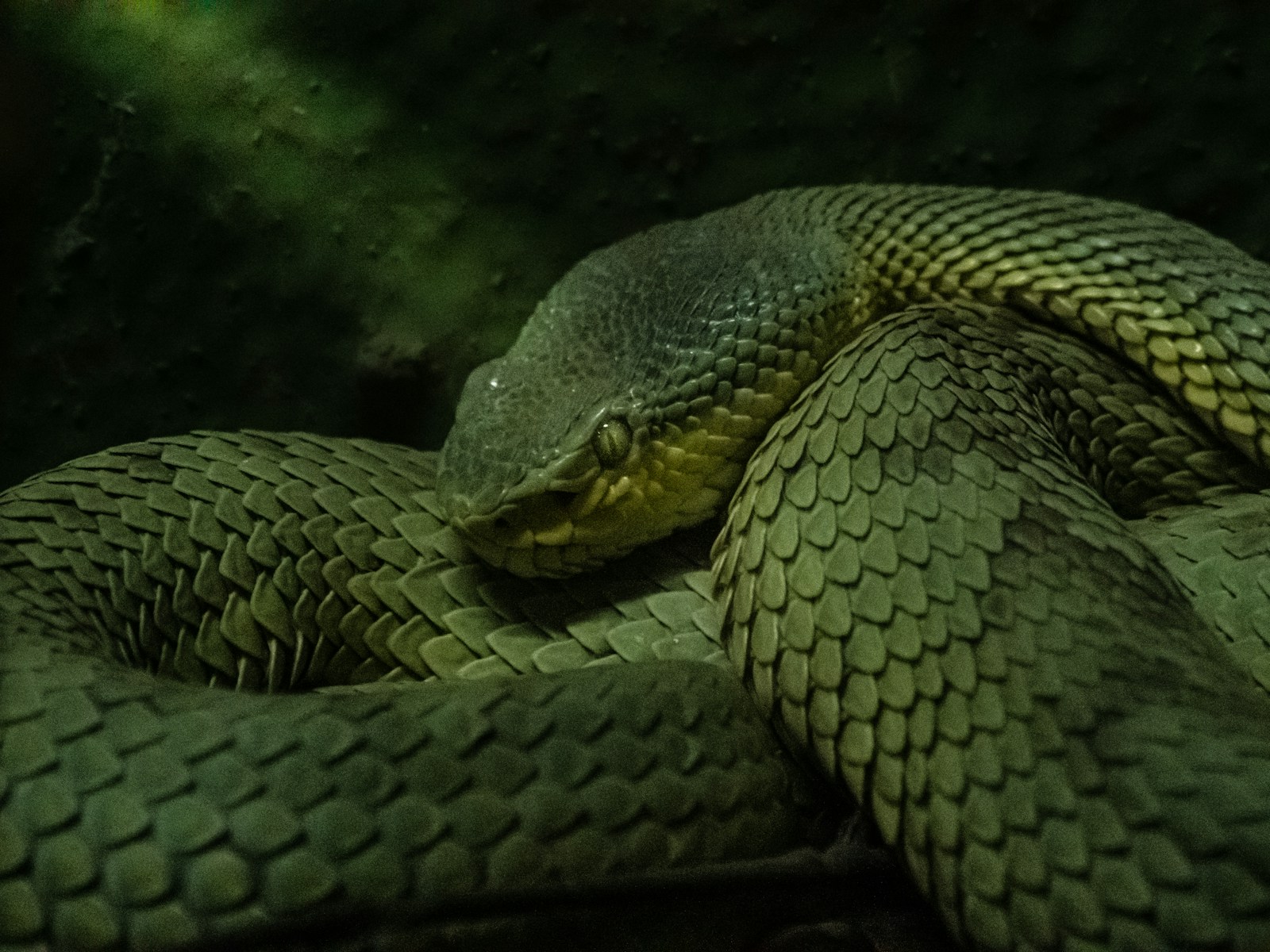
The Gaboon viper’s dance involves a precise, rhythmic swaying of its anterior body, creating wave-like motions that seem almost hypnotic to observers. This movement is generated by carefully controlled muscle contractions along the snake’s spine, allowing it to maintain its defensive posture while simultaneously preparing for a potential strike if necessary. Unlike random thrashing or quick movements seen in other threatened snakes, the Gaboon viper’s dance maintains a consistent tempo and pattern, suggesting an evolved behavior rather than a panic response. Researchers have documented that these snakes can maintain this swaying motion for extended periods—sometimes up to half an hour—without showing signs of fatigue. The precision of these movements indicates specialized neural pathways dedicated to this complex behavior, highlighting its evolutionary importance to the species’ survival strategy.
Evolution of a Defensive Strategy
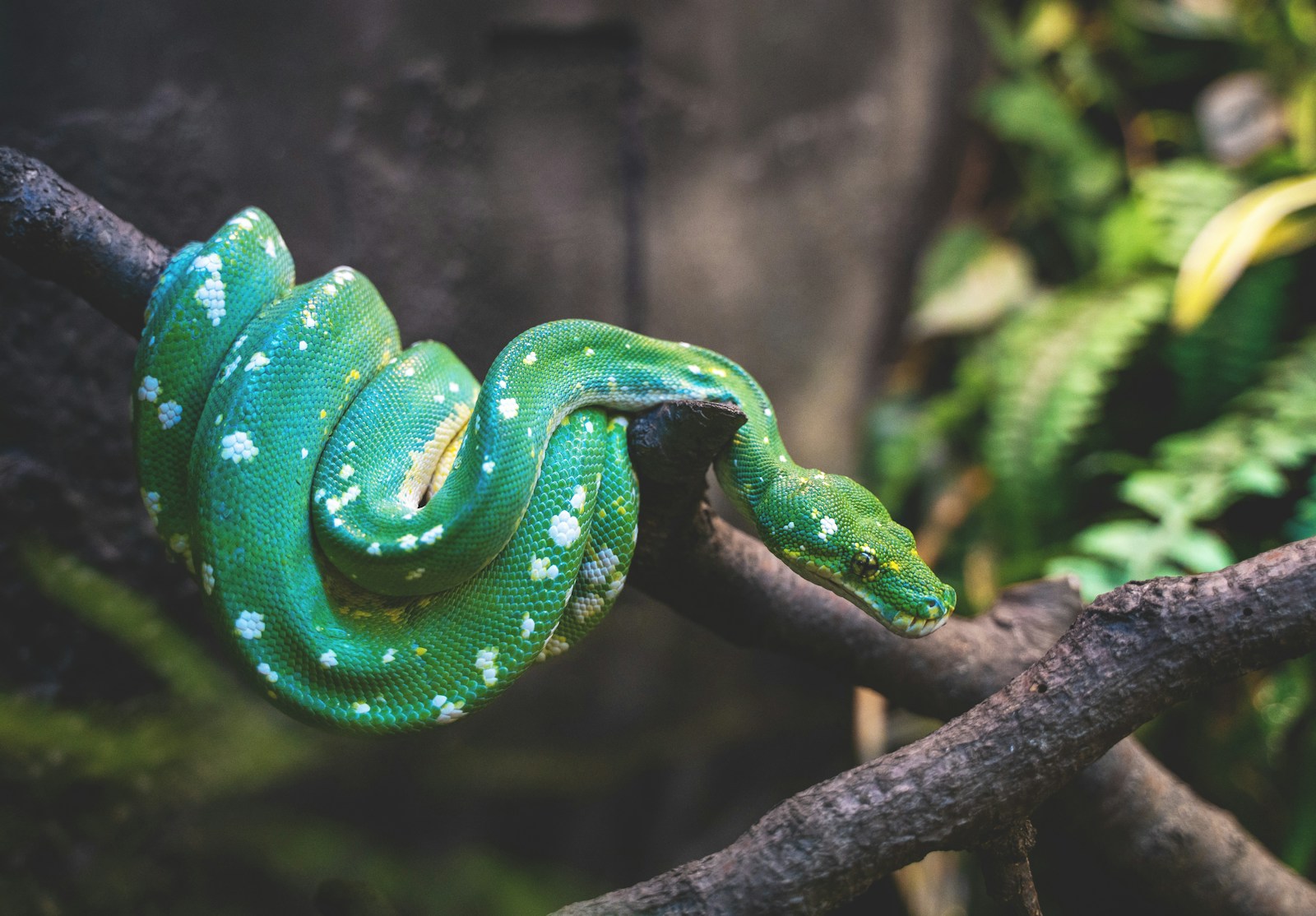
The dancing behavior didn’t appear overnight but evolved over millions of years as an effective middle ground between passive and aggressive defense strategies. Evolutionary biologists suggest that this behavior became increasingly refined as it proved successful in deterring predators without requiring the energy expenditure of a strike or the risk of engaging in actual combat. Fossil evidence of related viper species shows anatomical adaptations consistent with this type of movement dating back several million years, suggesting the behavior’s ancient origins. The dance represents a fascinating example of convergent evolution, as similar intimidation displays have evolved independently in various snake species around the world, from rattlesnakes’ tail-shaking to cobras’ hooding. For the Gaboon viper, this adaptive strategy has proven particularly effective in its forest habitat, where visual displays can be detected even in low-light conditions.
The Psychology of Intimidation

The dancing display works on multiple psychological levels to deter potential threats without requiring physical contact. First, the unexpected movement in what appeared to be leaf litter creates a startling effect that often causes predators to reassess the situation. Second, the rhythmic swaying creates an illusion of size and unpredictability, making it difficult for predators to judge where the snake’s head is positioned for a potential strike. Third, the movement highlights the viper’s distinctive geometric patterns, which may serve as aposematic (warning) coloration once revealed through motion. Finally, studies have shown that many predators have an innate wariness of undulating snake-like movements, making this display particularly effective even against inexperienced predators. This multi-layered psychological strategy demonstrates the sophistication of what appears at first glance to be a simple defensive behavior.
Rival Intimidation: Dancing for Dominance

While the Gaboon viper’s dance is primarily known as a defensive behavior against predators, it serves an equally important role in intraspecific competition—confrontations with other Gaboon vipers. During breeding season, male Gaboon vipers engage in elaborate combat dances where two rivals will rise up and sway in synchronization, each attempting to establish dominance without resorting to their deadly venom. These ritualized combat dances can last for hours, with the males intertwining their bodies while continuing the swaying motion. The winner is typically determined by which snake can maintain the highest posture for the longest period, demonstrating superior strength and endurance. This fascinating behavior allows the snakes to establish breeding hierarchies with minimal risk of injury, ensuring that the strongest genes are passed to the next generation without depleting the breeding population through deadly confrontations.
The Dance in Different Contexts: A Versatile Behavior

Remarkably, the Gaboon viper adapts its dance according to the specific threat it faces, showing a level of contextual awareness that challenges our understanding of reptilian behavior. When confronted by a large mammalian predator, the snake performs broader, more dramatic movements while simultaneously inflating its body to appear larger. In contrast, when facing another snake, the movements become more precise and targeted, focusing on demonstrating strength rather than size. Researchers have even documented variations in the dance when the snake is approached by humans versus natural predators, suggesting an ability to distinguish between different types of threats. This behavioral plasticity indicates a sophisticated neural processing system that allows the snake to assess threats and modify its response appropriately—a level of adaptation that contradicts the often simplistic view of reptilian behavior as purely instinctual.
The Role of Habitat in Shaping the Dance
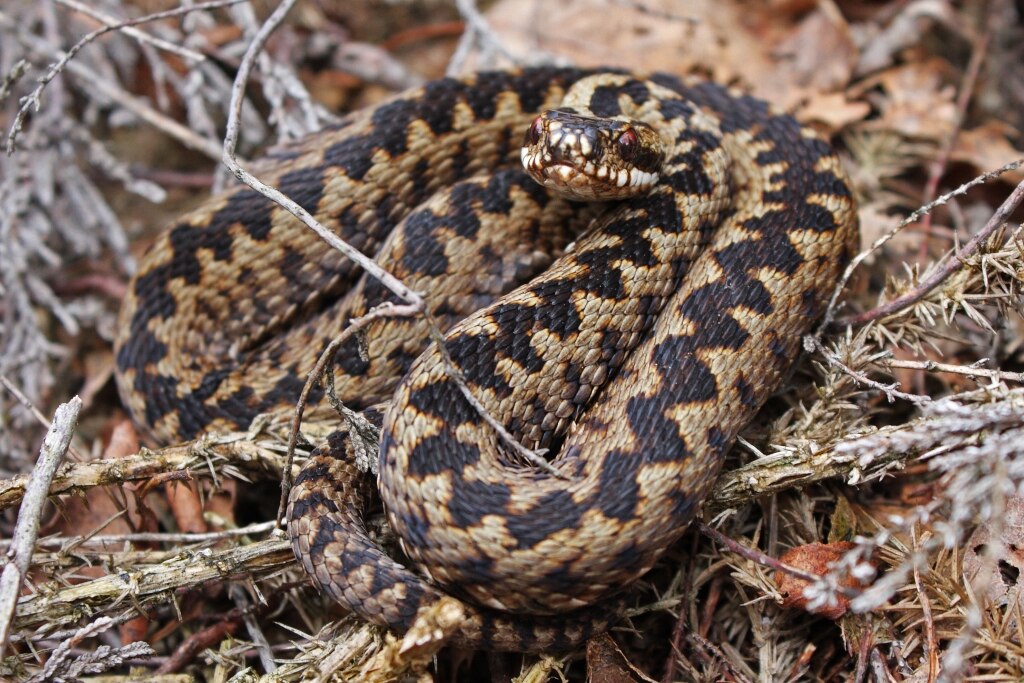
The Gaboon viper’s distinctive dancing behavior has been shaped by the specific challenges of its forest habitat, where visual detection is both difficult and essential. The dappled light of forest floors creates an environment where sudden movement is more noticeable than static patterns, making the dancing display particularly effective. Additionally, the forest floor’s acoustic properties amplify the subtle sounds of the snake’s scales moving against leaf litter, adding an auditory component to the primarily visual display. Different populations of Gaboon vipers show regional variations in their dancing behavior, with those in denser forests typically displaying more pronounced movements than those in more open habitats. This regional adaptation demonstrates the ongoing evolutionary refinement of this behavior in response to specific ecological pressures, highlighting the dynamic relationship between the snake and its environment.
Chemical Companions: Scent and the Snake Dance
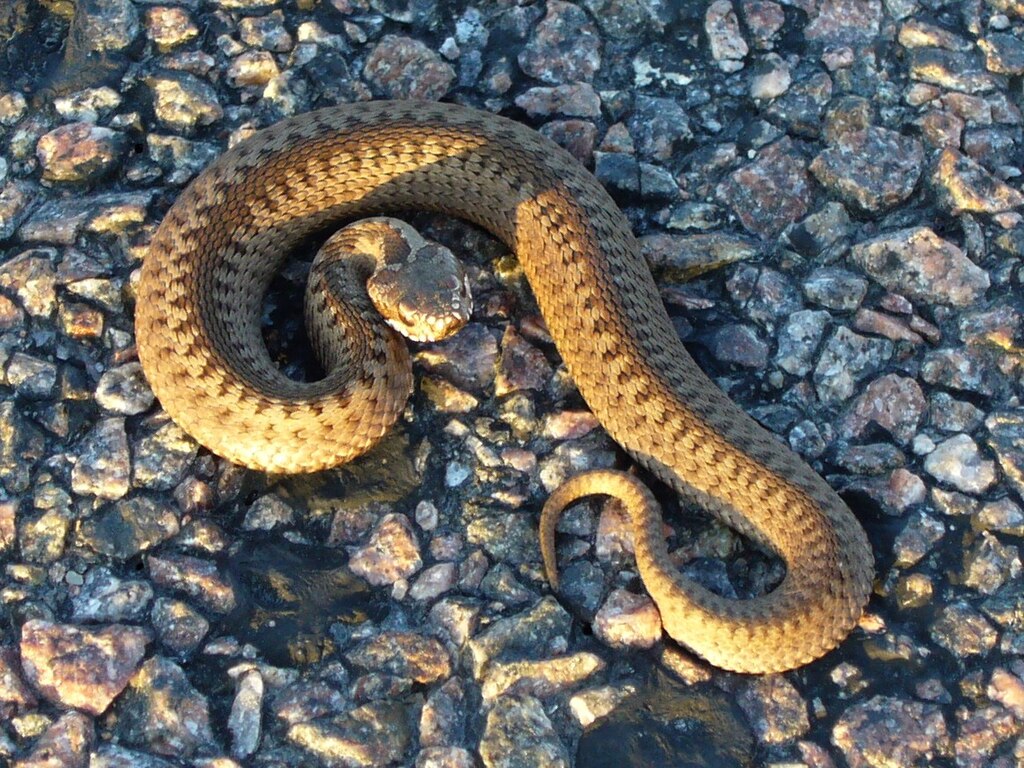
The dancing display doesn’t rely solely on visual intimidation but is often accompanied by the release of specific chemical signals that enhance its effectiveness. When engaged in its defensive dance, the Gaboon viper releases volatile compounds from specialized glands that create a distinctive musky odor detectable by many predators. These chemical signals serve as an additional warning mechanism, especially useful in low-light conditions where the visual display might be less effective. Research has shown that these compounds trigger innate avoidance responses in many mammalian predators, suggesting a co-evolved recognition system. The combination of visual, auditory, and chemical signals creates a multi-sensory deterrent that maximizes the effectiveness of the display across a wide range of potential threats, demonstrating the sophisticated integration of different defensive mechanisms.
Dancing Vipers in Cultural Context
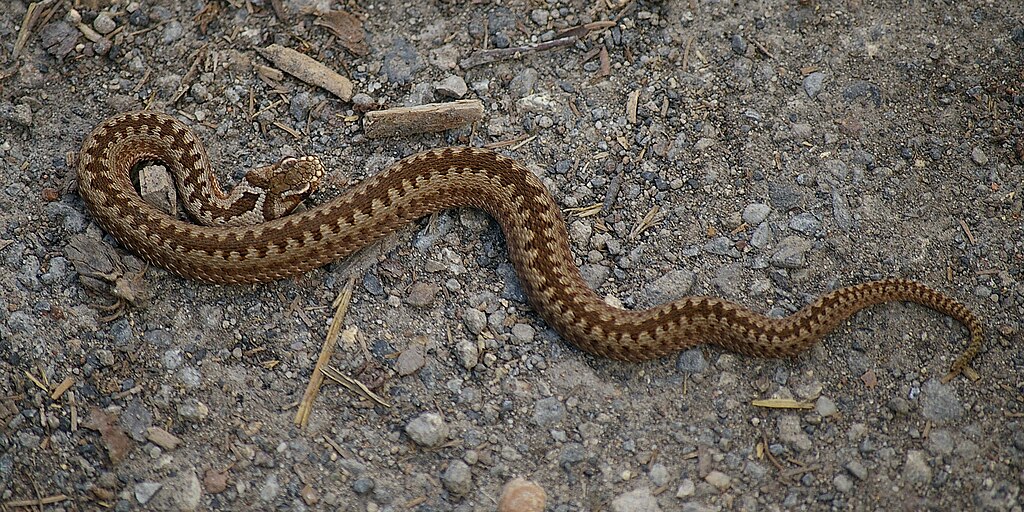
The Gaboon viper’s hypnotic dance has not gone unnoticed by human cultures sharing its habitat, becoming integrated into various folklore, traditional medicine, and religious practices throughout Central and West Africa. In some communities, the snake’s dancing behavior is interpreted as a form of communication with the spirit world, earning it a place in ritualistic ceremonies and creation myths. Traditional healers have observed and mimicked the snake’s movements in certain healing dances, believing that the rhythm holds therapeutic properties. Depictions of the dancing viper appear in various art forms, from traditional masks to contemporary paintings, symbolizing both danger and mesmerizing beauty. These cultural interpretations demonstrate how remarkable natural behaviors can transcend biological significance and become embedded in human cultural expression, creating a complex relationship between these powerful serpents and the human communities that observe them.
Technological Insights: Modern Research Methods
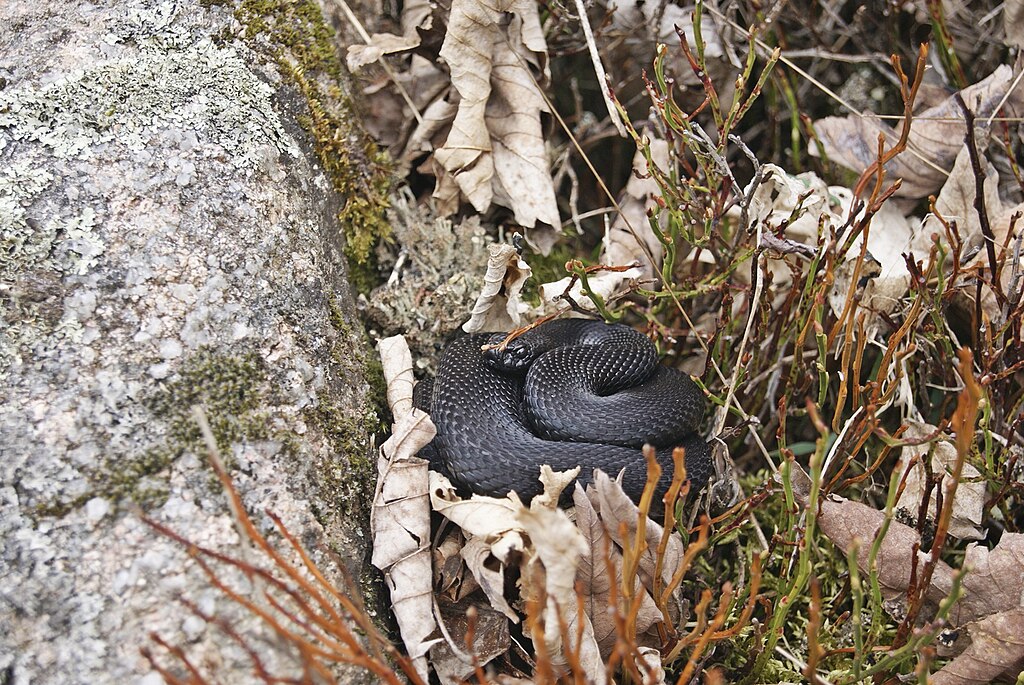
Contemporary research has employed cutting-edge technology to unravel the complexities of the Gaboon viper’s dance, providing unprecedented insights into this behavior. High-speed cameras capturing hundreds of frames per second have revealed subtle nuances in the movement patterns that are imperceptible to the naked eye, showing precise coordination between different muscle groups. Infrared imaging has demonstrated that the snake maintains remarkably consistent body temperature during these displays despite the energy expenditure, suggesting specialized metabolic adaptations. Electromyography studies measuring the electrical activity in the snake’s muscles have mapped the neural pathways controlling these movements, revealing sophisticated coordination between the brain and muscular system. Perhaps most fascinating are 3D motion analyses showing that what appears to be a simple side-to-side movement actually involves complex rotational components that maximize the visual impact of the display while maintaining the snake’s ability to strike if necessary.
The Dance in the Ecosystem: Ripple Effects
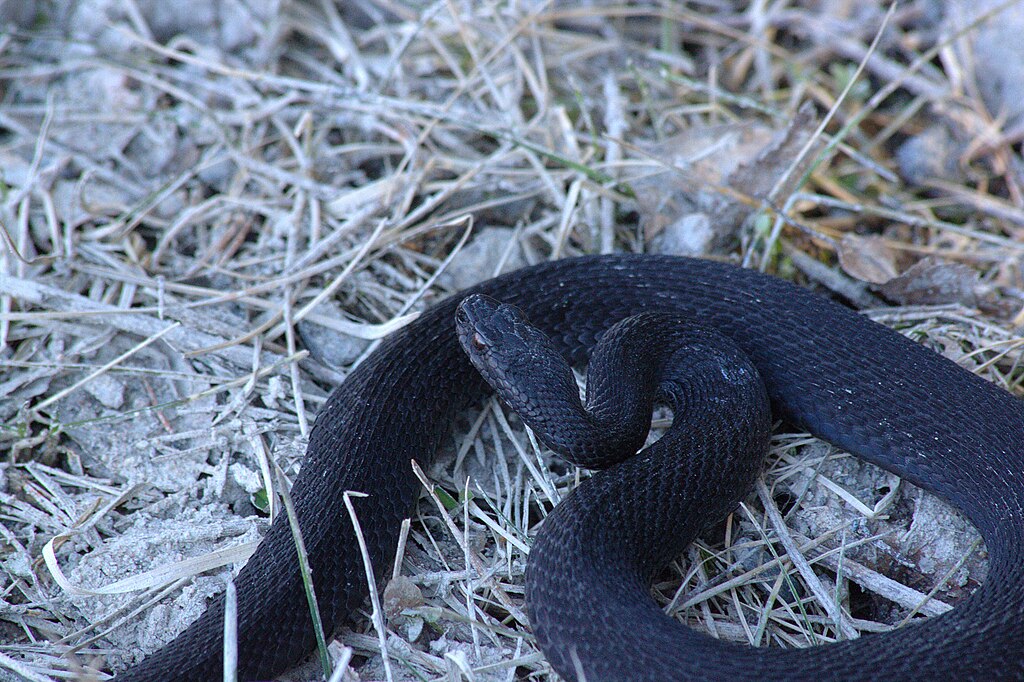
The Gaboon viper’s dancing behavior influences more than just its immediate survival prospects—it creates ripple effects throughout its ecosystem. The effectiveness of this defensive display allows these snakes to maintain healthy population levels, ensuring they can continue their role as regulators of small mammal populations in African forests. Their presence and behavioral adaptations have shaped the evolution of both their prey and predators, with some predator species developing specific counter-adaptations to detect dancing vipers despite their intimidation displays. Additionally, the snake’s tendency to remain in place rather than flee when threatened (relying instead on its dance) influences forest floor ecology by creating “fear landscapes” where potential prey species alter their movement patterns to avoid areas where vipers have been detected. This complex web of interactions demonstrates how a single specialized behavior can influence entire ecosystem dynamics, highlighting the interconnectedness of evolution across species.
Conservation Implications: Preserving the Dance
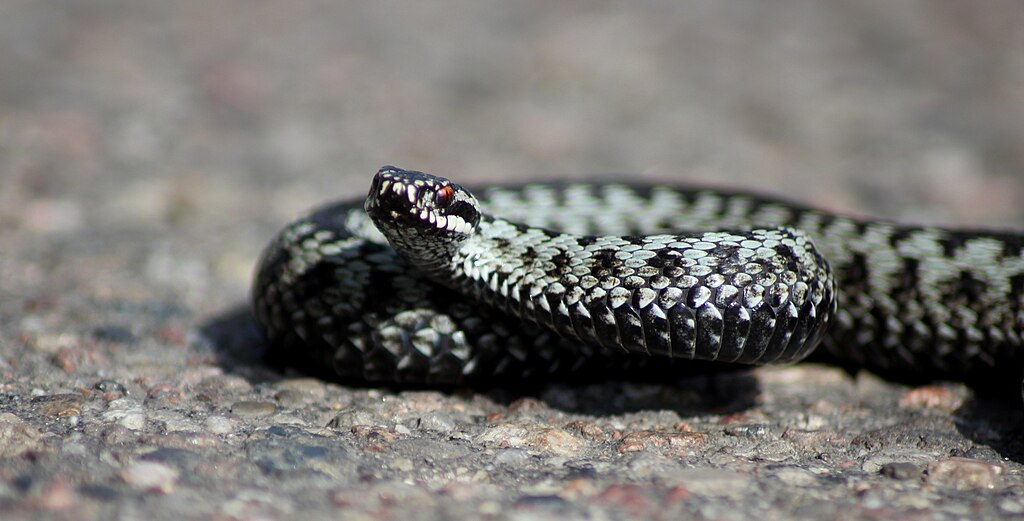
The future of the Gaboon viper’s mesmerizing dance faces numerous threats as human activities increasingly impact its native habitat. Deforestation for agriculture, logging, and urban development has fragmented populations, potentially leading to genetic isolation that could affect behavioral traits including the dancing display. The illegal pet trade specifically targets Gaboon vipers for their distinctive appearance, removing individuals with potentially unique behavioral adaptations from wild populations. Climate change poses perhaps the most insidious threat, as rising temperatures may affect the snake’s activity patterns, potentially altering the contexts in which the dancing behavior is expressed. Conservation efforts focused on this species must consider not just their physical habitat needs but also the preservation of natural behavioral repertoires, which represent millions of years of evolutionary adaptation and cultural significance. Protecting these snakes means preserving not just a species but an extraordinary behavior that represents one of nature’s most remarkable displays of evolutionary problem-solving.
Conclusion
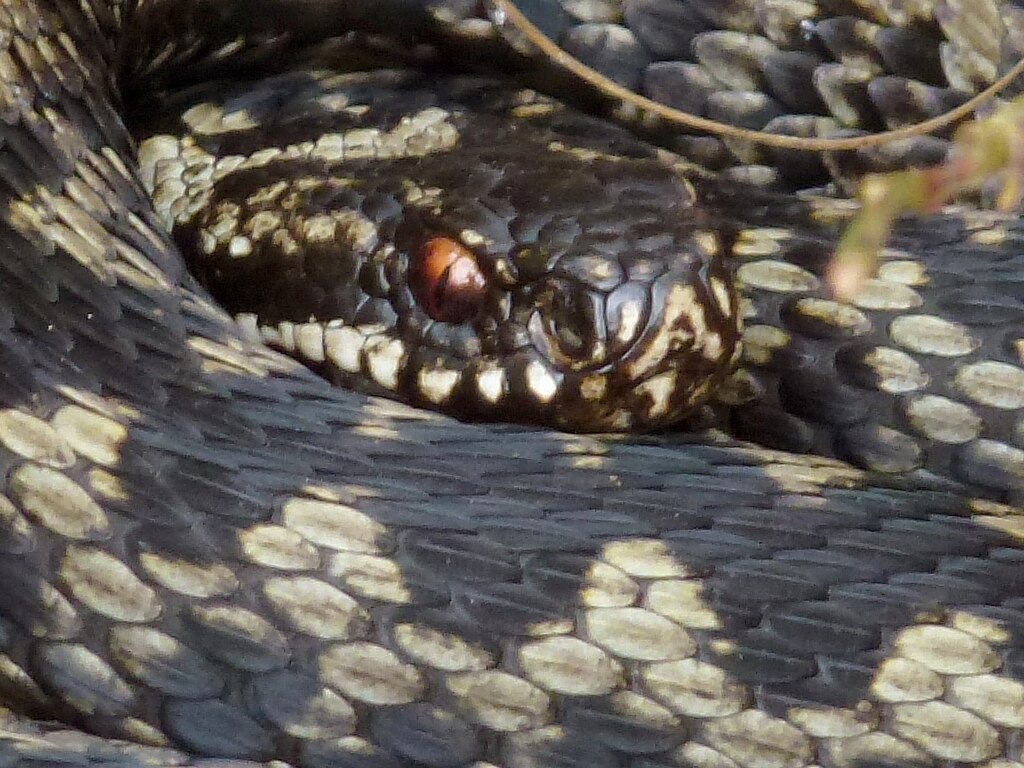
The dancing behavior of the Gaboon viper represents far more than a simple curiosity of nature—it embodies the sophisticated interplay between evolution, ecology, and animal behavior. Through this rhythmic display, we witness a living demonstration of how defensive strategies evolve to balance energy conservation with effective threat deterrence. The dance serves multiple purposes: warning predators, intimidating rivals, establishing dominance, and even influencing human cultural practices. As technology advances our understanding of this behavior, we continue to uncover new layers of complexity that challenge our perceptions of reptilian capabilities. In protecting these remarkable creatures and their habitats, we preserve not just a species but a living evolutionary masterpiece—a serpentine ballet millions of years in the making, performed on the forest floors of Africa, and telling a story of survival through movement that continues to captivate both scientists and observers alike.





